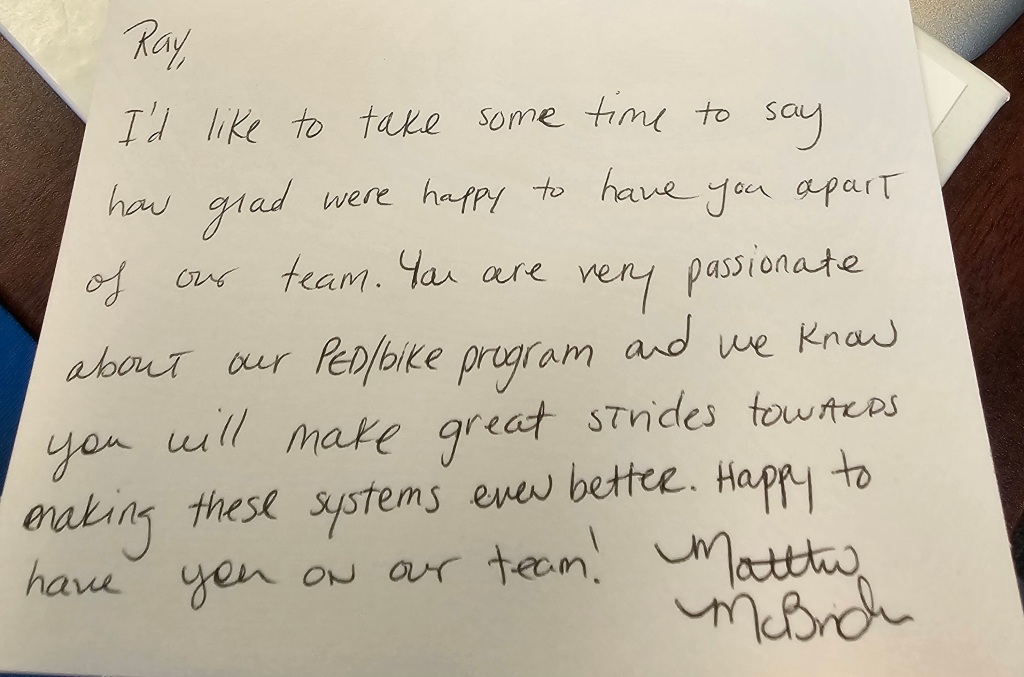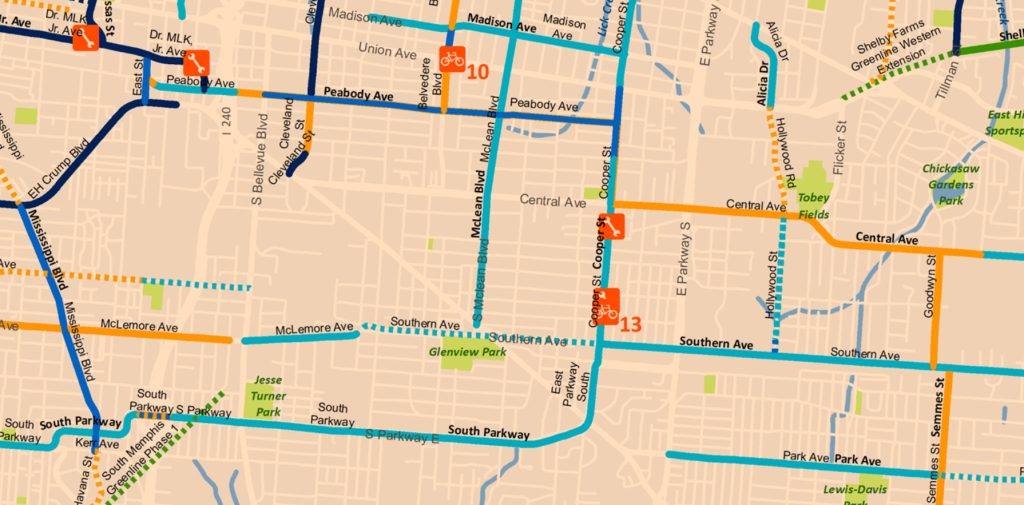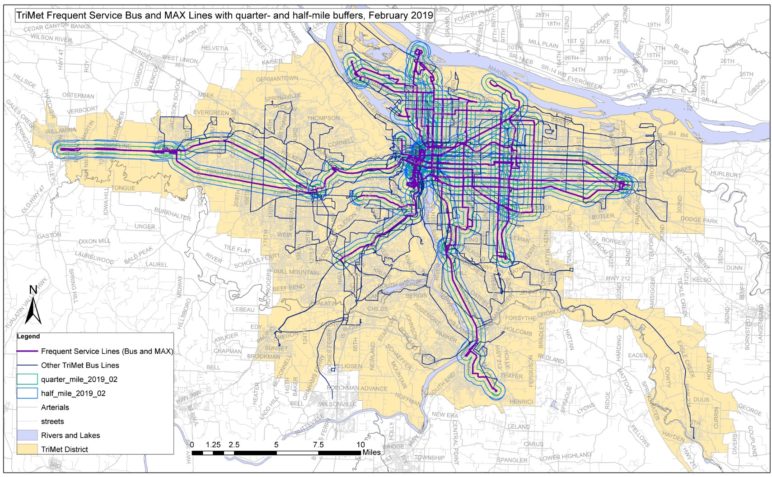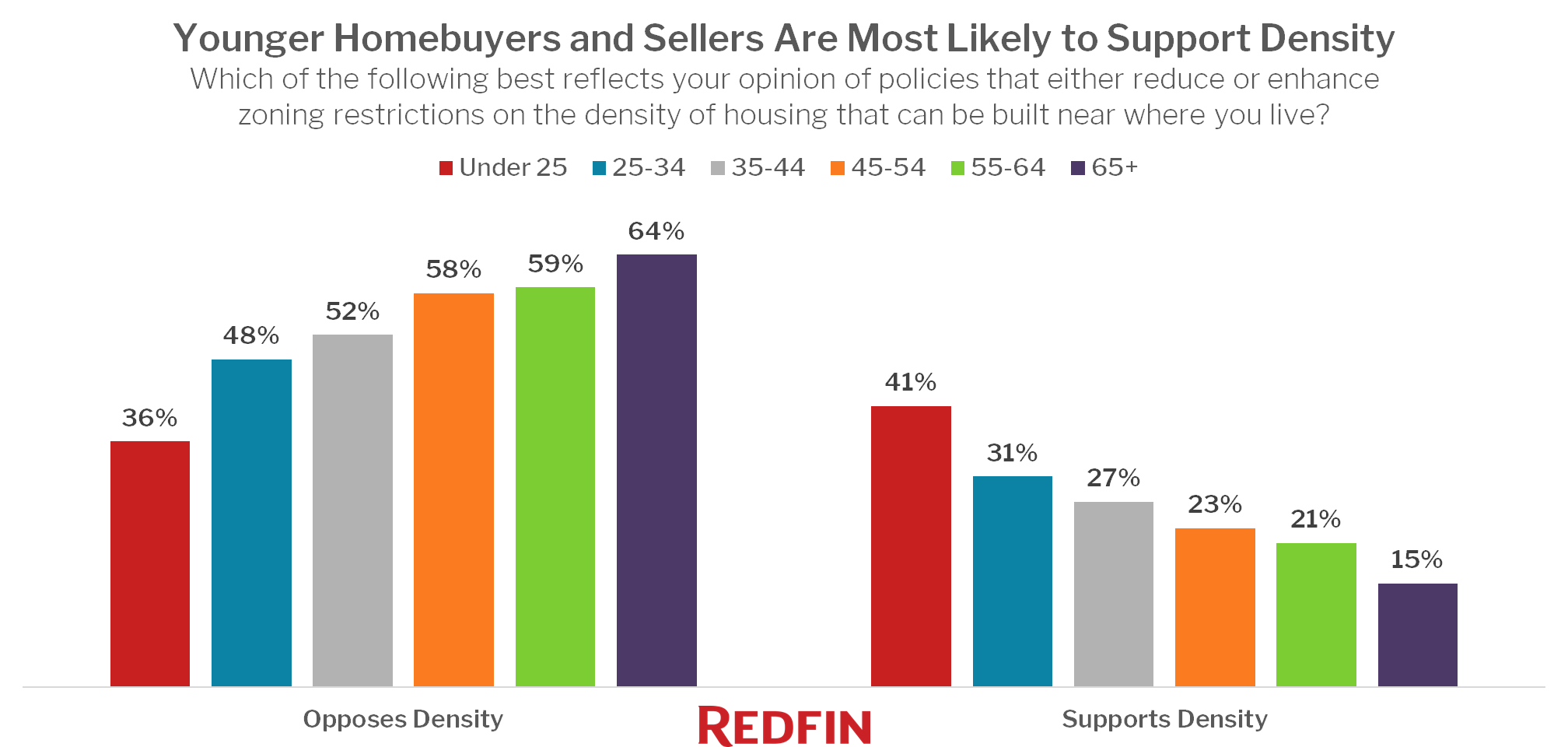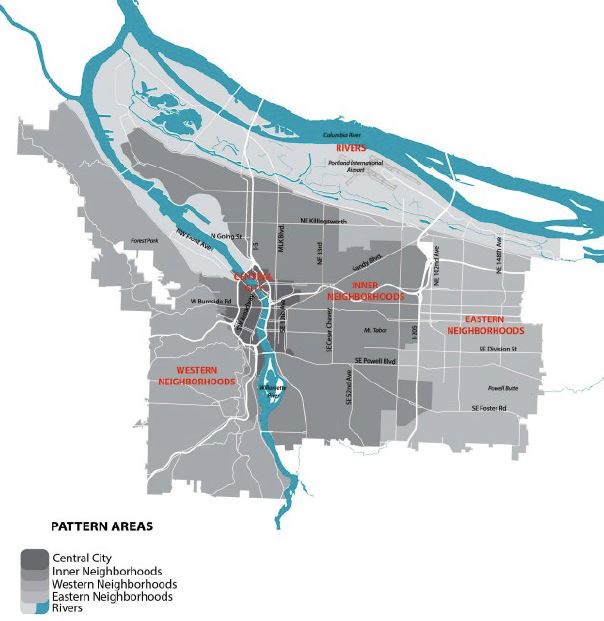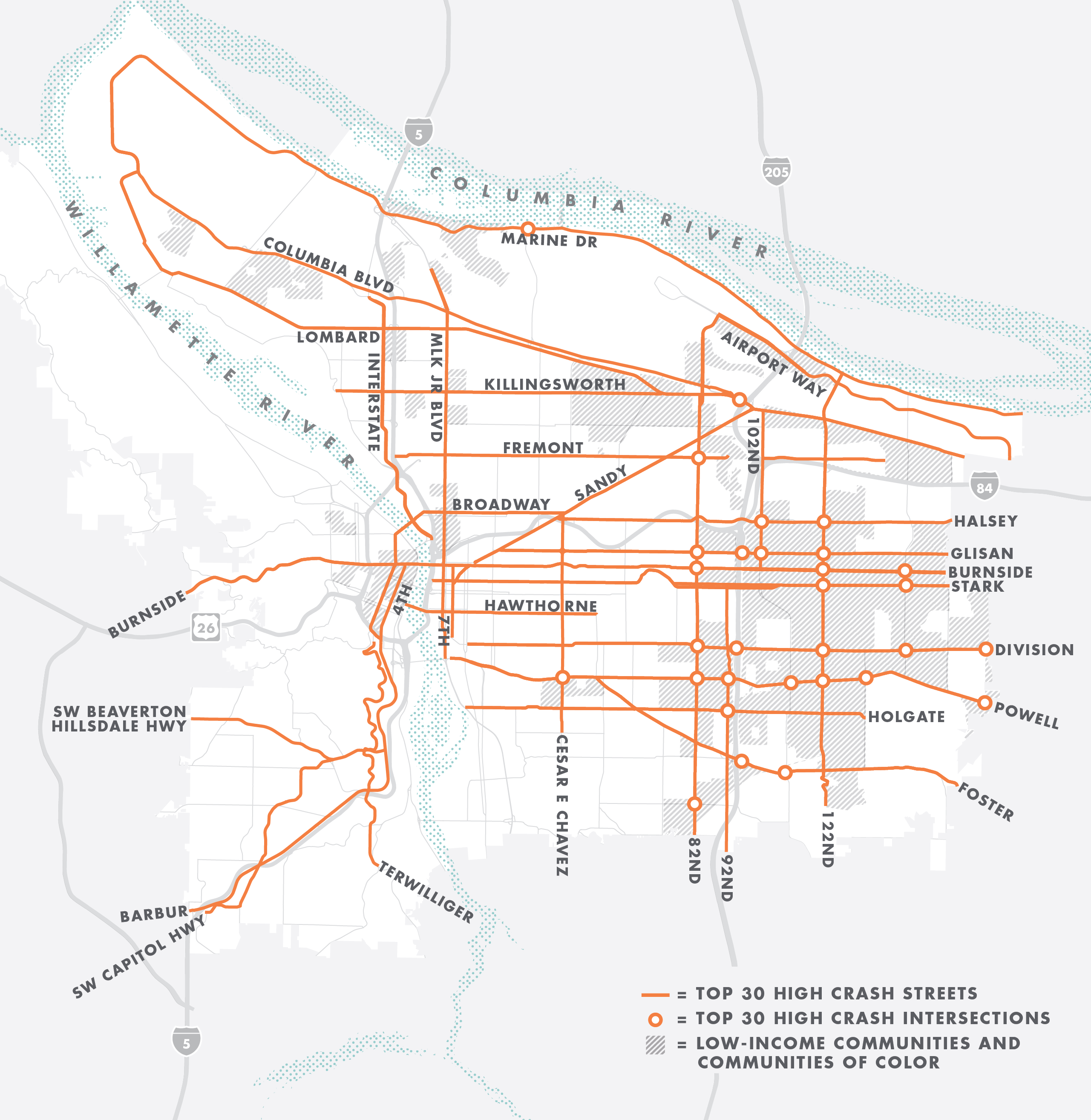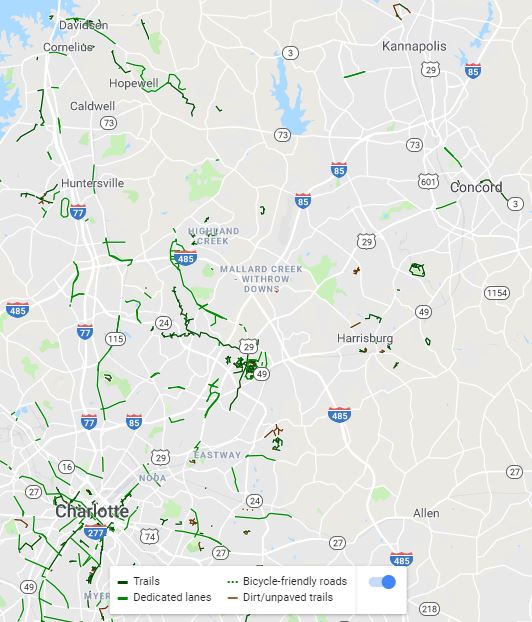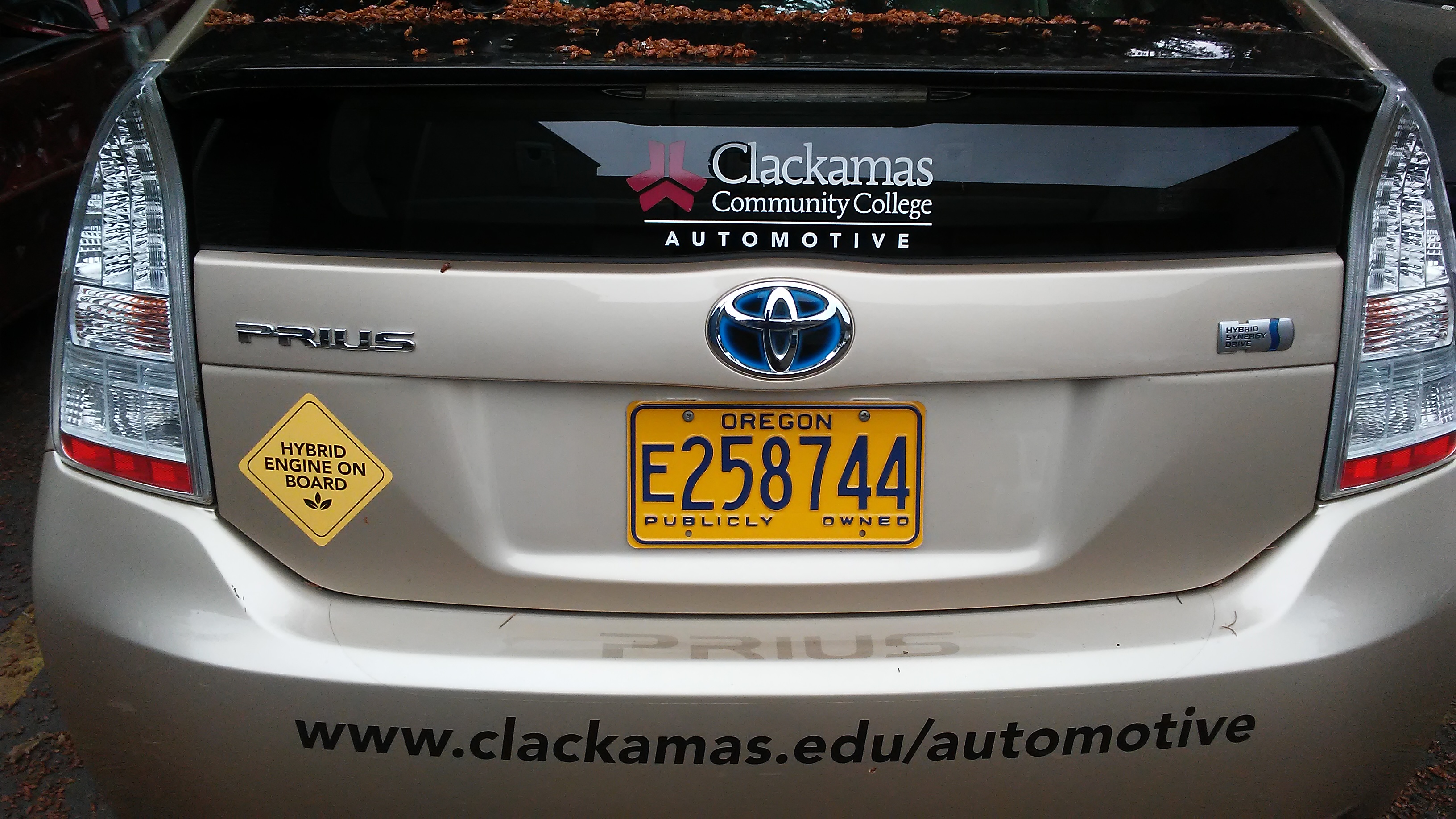“Memphis at Eye Level: Part 1” is a reference to “The City at Eye Level”. I want to highlight my favorite Memphis bike route so far. I realize that I have not explored every Memphis neighborhood yet, so I may find a new favorite route. As I stated during my interview with Tulio from the Memphis Hightailers Bicycle Club, I have been pleasantly surprised by Memphis’ bike infrastructure across the Mississippi River at the Big River Crossing and between Downtown and Shelby Farms Park.
Facebook recording is https://www.facebook.com/MemphisHightailersBicycleClub/videos/6620980434622801
Zoom recording (passcode !!S0H!R^) is https://us02web.zoom.us/rec/share/TWI8YeuVcb3CaZh7qVLMJ2qIk-f1DMuqUCBAk8HSezAKddvGfq4YQYchVPlmdBA.wP19ToM8Q4j7Xj6F
I am thankful to work with coworkers who value my passion for active transportation. I treasured receiving this handwritten letter from Matthew more than receiving an email.
Ray’s Favorite Memphis Bike Route
I wish that I had stopped to take more photos while biking because my usual “The City at Eye Level” post is not going to be as visual as I prefer. At least I can share a map of my favorite Memphis bike route. Yes, it takes about 90 minutes. I usually stop on the way for a meal and to do errands. I enjoy the variety of bike infrastructure, which starts with speed bumps on Front St, protected bike lanes on MLK Ave, bike lanes on Peabody Ave and McLean Blvd, low-volume side streets on Jefferson Ave and Tucker St to more easily access Overton Park, wooded car-free roads in Overton Park, multi-use trails called the Hampline and Greenline, and ends with wooded trails in Shelby Farms Park.
Yes, I wish Peabody Ave connected directly to the Greenline when I am in a rush. However, I do not mind the extra distance through Overton Park too much because I enjoy forest bathing in Overton Park. As this map shows, there are plans to extend the Greenline closer to Peabody Ave. The Shelby Farms Greenline Western Extension should be connected to the South Memphis Greenline Phase 1 someday. An on-street connection will likely be needed to safely connect these future extensions to Peabody Ave. I should clarify that this is my personal opinion and not the opinion of the City of Memphis’ Bikeway and Pedestrian Program, which I manage. Do you see the South Memphis Greenline Phase 1 in the bottom left corner and how it could someday connect to the Shelby Farms Greenline?
In addition to improving the active transportation networks in Memphis, I am also looking forward to improving the City’s bike map to make it more user-friendly. For example, I want to make it easier for people to find safe routes and bike shops that will work on e-bikes. As an e-bike owner, I recommend All About Bikes. In case the bike shop is located too far, I also recommend Velotooler, which is a mobile bicycle service. I am located far from All About Bikes, so I have been trying to improve my bike repair skills. Since it is tough to change an inner tube without help, I was thankful to have a Memphis friend help me when I got a flat tire. I now carry everything on my bike that I need to change an inner tube without needing to stop at a bike shop. I still support bike shops, especially local shops, but they are not always nearby when I get a flat tire.
I also want to spotlight the importance of signals in creating safe active transportation networks. While the above map does not show bike-specific signals, I have found these signals helpful. The below bike signal is in Memphis on the Hampline at Tillman St as it crosses Sam Cooper Blvd. I would love to take this signal to the Dutch standard by adding a wacht signal (wacht is Dutch for “wait”). As I showed in this 2015 post from when I studied abroad in the Netherlands, the wacht signal allows people biking to see how long the wait time is for the signal to turn green. Since the Dutch standard is usually not legally allowed in the US, I was excited to see Portland (OR) install a wacht signal in 2015. I was actually in Portland when this signal was installed. I got to experience using it when I biked in Portland. I realize that Memphis has a unique culture and may not want to copy what Portland does. I look forward to collaborating with Memphians to create a unique approach that accomplishes the same goal of improving bike signals in Memphis.
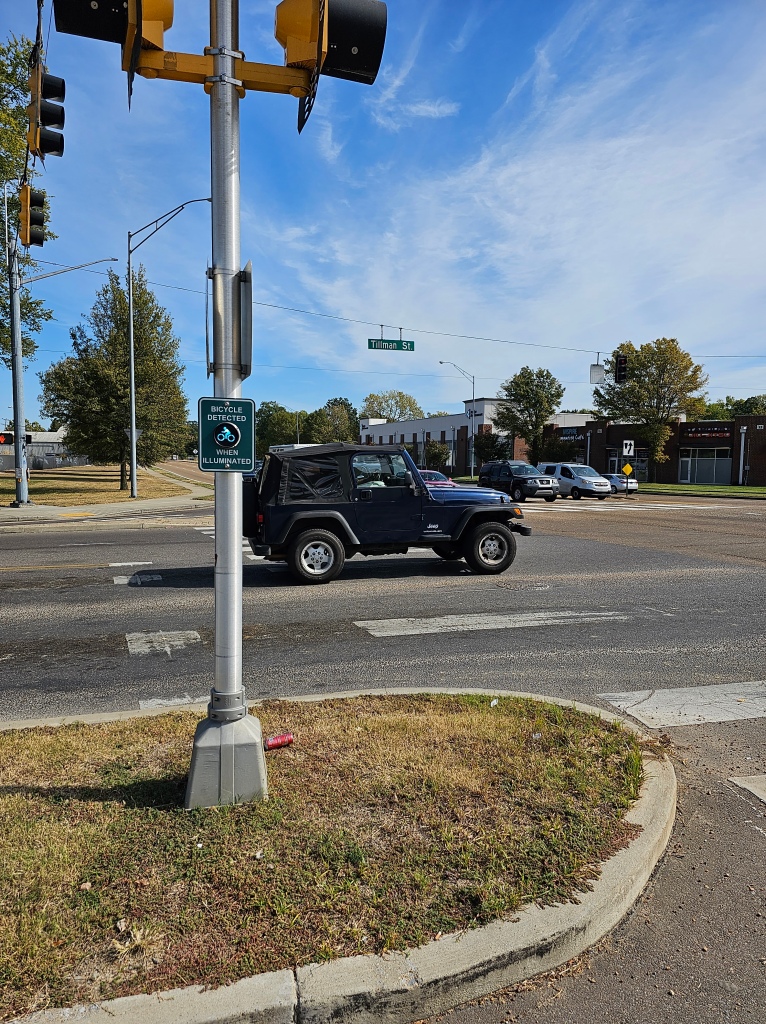
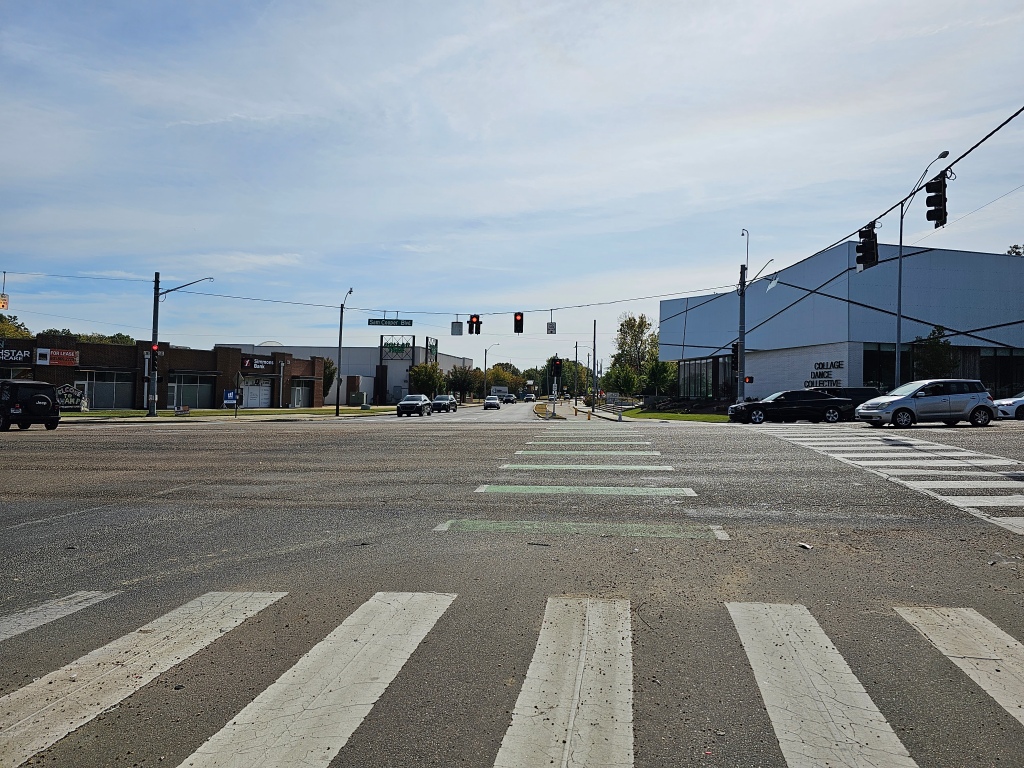
My favorite artistic part of the Hampline is the upcycled tires that are found on Broad Ave, which is just north of Sam Cooper Blvd. The photo below does not show the upcycled tires well, so I need to take a zoomed in photo when I bike on Broad Ave again. The upcycled tires are produced by locals at the Binghampton Development Corporation, which has an inspiring process of hiring at-risk locals. I got to tour their process during the Binghampton Tour. I tweeted (does X still call them tweets?) from the Bike Ped Memphis account during the TAPA Conference.
Improving How Ray Navigates While Biking
Even though I majored in Geography at UNC Charlotte and love studying maps, I will admit that I sometimes struggle to navigate Memphis without looking at a map. Due to this issue, I decided to back this $700 Kickstarter for Minimis’ augmented reality (AR) glasses. Assuming the glasses are shipped on time, I should receive them by next summer. I am looking forward to publishing a blog post about my experience using the expensive glasses!
Since I prefer to socialize when biking, I am thankful that I have been invited to participate in several slow group rides in Memphis. The below ride along the Greenline was unique because it was the first large group ride organized by City of Memphis employees. While I did not feel comfortable taking photos of kids during the Carpenter Art Garden’s kid-friendly group bike ride, I also had an amazing experience helping to lead this weekly group bike ride along the Hampline and Greenline. One of the kids actually hugged me after the ride to thank me for helping!
Future Blog Post
I was originally planning to write about my experience volunteering on the Urban Bicycle Food Ministry’s weekly bike rides. Since I have not participated in the Wednesday evening or Saturday morning ride yet, I will need to postpone blogging about this experience.


